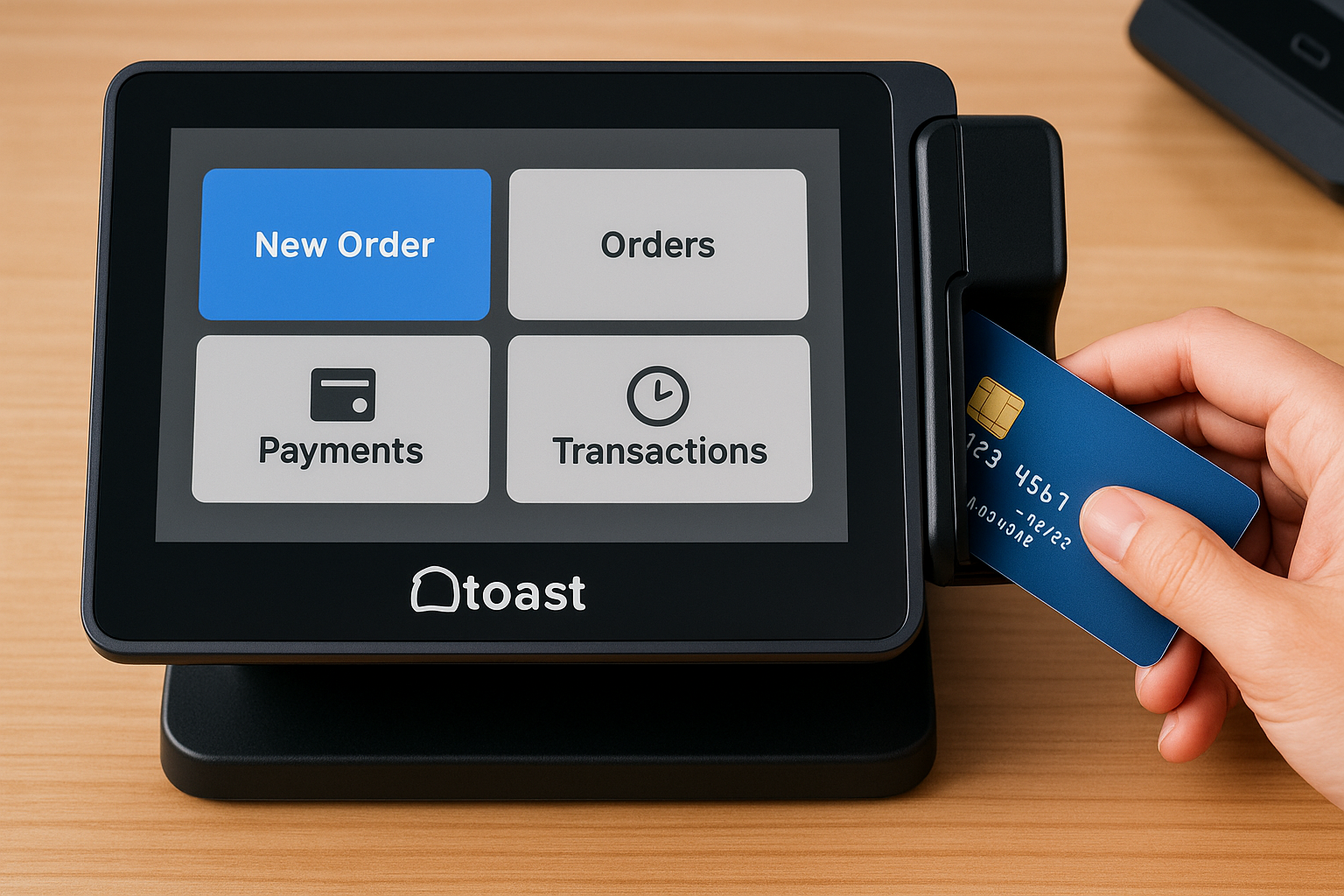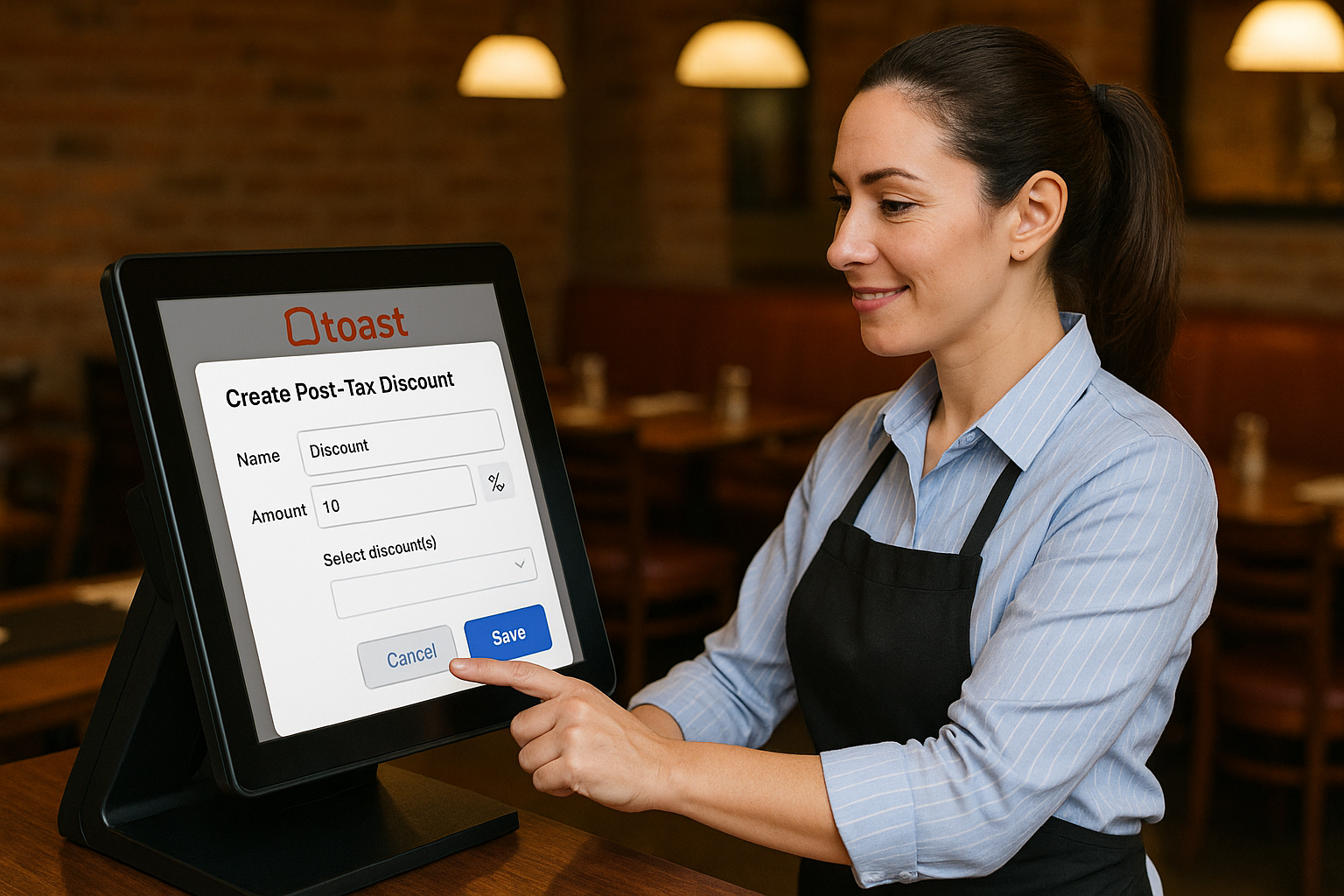Understanding Toast Tables and Their Functionality
Introduction
Toast Tables are an integral part of the Toast POS system, designed specifically for the hospitality industry. These tables serve as a powerful tool for restaurant operators, allowing them to track and manage orders seamlessly. By integrating with other Toast features, such as inventory management and staff scheduling, Toast Tables create a cohesive platform that improves operational efficiency.
Each Toast Table allows for easy access to customer orders, enabling staff to update and modify orders in real-time. This functionality is crucial for busy restaurants where speed and accuracy are paramount. Furthermore, Toast Tables can streamline communication between front-of-house and back-of-house staff, ensuring that everyone is on the same page regarding order statuses and customer preferences.
Overall, Toast Tables contribute to a more organized workflow, making it easier for restaurant staff to manage their tasks and maintain high levels of customer satisfaction. As technology continues to evolve in the restaurant industry, understanding the full capabilities of Toast Tables is essential for any restaurant looking to thrive.
Benefits of Using Toast Tables in Your Restaurant
The adoption of Toast Tables in restaurants brings a plethora of benefits that can significantly enhance operational efficiency. One of the primary advantages is the reduction in order errors. With digital order management, staff can easily input customer requests directly into the system, minimizing the chance of miscommunication that often occurs with handwritten orders. This leads to a smoother dining experience for customers and ultimately increases satisfaction.
Additionally, Toast Tables help in managing peak hours effectively. During busy times, quick access to order information allows staff to serve customers more promptly. The real-time updating feature means that servers can see when orders are ready to be picked up or when they need to check back with customers. This responsiveness can translate into higher table turnover rates, boosting overall revenue for the restaurant.
Another key benefit is the detailed analytics provided by Toast Tables. Restaurant owners can access reports on order patterns, peak hours, and staff performance, enabling them to make informed decisions that drive profitability. With a data-driven approach, restaurants can optimize their menu offerings and staffing strategies, leading to a more successful operation.
How Toast Tables Enhance Customer Experience
A pivotal aspect of any restaurant’s success lies in the customer experience. Toast Tables play a significant role in enhancing this experience by enabling personalized service. With the ability to track previous orders and customer preferences, servers can provide tailored recommendations, making diners feel valued and understood. This level of attention is crucial in building customer loyalty and encouraging repeat visits.
Moreover, the efficiency afforded by Toast Tables ensures that customers spend less time waiting for their orders. Quick service not only improves customer satisfaction but also contributes to a more enjoyable dining atmosphere. When guests feel that their needs are being met promptly, they are more likely to leave positive reviews and share their experiences with others, which can attract new clientele.
Lastly, the integration of Toast Tables with payment systems simplifies the checkout process. Customers can settle their bills directly from the table, enhancing convenience and reducing wait time when leaving the restaurant. This seamless interaction fosters a positive impression, which is vital in today’s competitive restaurant landscape.
Implementing Toast Tables for Optimal Performance
To fully leverage the advantages of Toast Tables, restaurants must approach implementation with a strategic mindset. Training staff on how to use the system effectively is critical. Proper training ensures that all team members understand the features and functionalities of Toast Tables, minimizing the learning curve and maximizing efficiency from day one.
Additionally, restaurants should consider how to integrate Toast Tables with existing systems. A well-thought-out integration plan can help avoid disruptions during the transition and ensure that all aspects of the restaurant’s operation work in harmony. Focusing on a smooth implementation process is essential for achieving the desired outcomes.
Lastly, continuous evaluation of the system’s performance is important. Gathering feedback from staff and customers can provide insights into any areas needing improvement. By remaining agile and open to adjustments, restaurants can ensure that their use of Toast Tables evolves alongside their business needs and market demands.
Conclusion
In summary, Toast Tables offer a multitude of benefits for restaurants looking to enhance their POS capabilities. From improving order accuracy and operational efficiency to elevating the overall customer experience, these tables are a valuable asset. By implementing Toast Tables thoughtfully and strategically, restaurants can position themselves for sustained success in a competitive industry.


